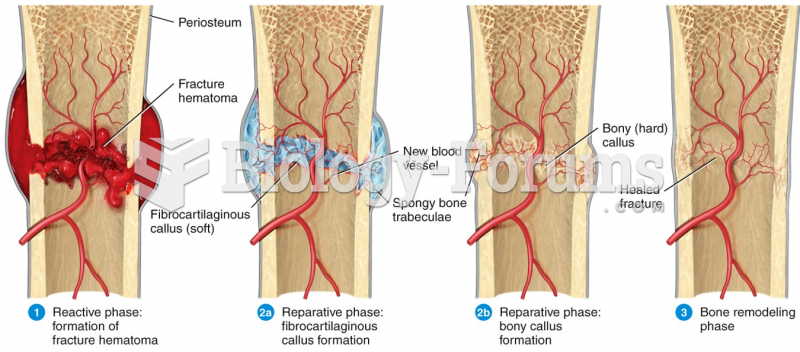|
|
|
Did you know?
There are more bacteria in your mouth than there are people in the world.
Did you know?
Your heart beats over 36 million times a year.
Did you know?
Pubic lice (crabs) are usually spread through sexual contact. You cannot catch them by using a public toilet.
Did you know?
It is widely believed that giving a daily oral dose of aspirin to heart attack patients improves their chances of survival because the aspirin blocks the formation of new blood clots.
Did you know?
The average human gut is home to perhaps 500 to 1,000 different species of bacteria.







